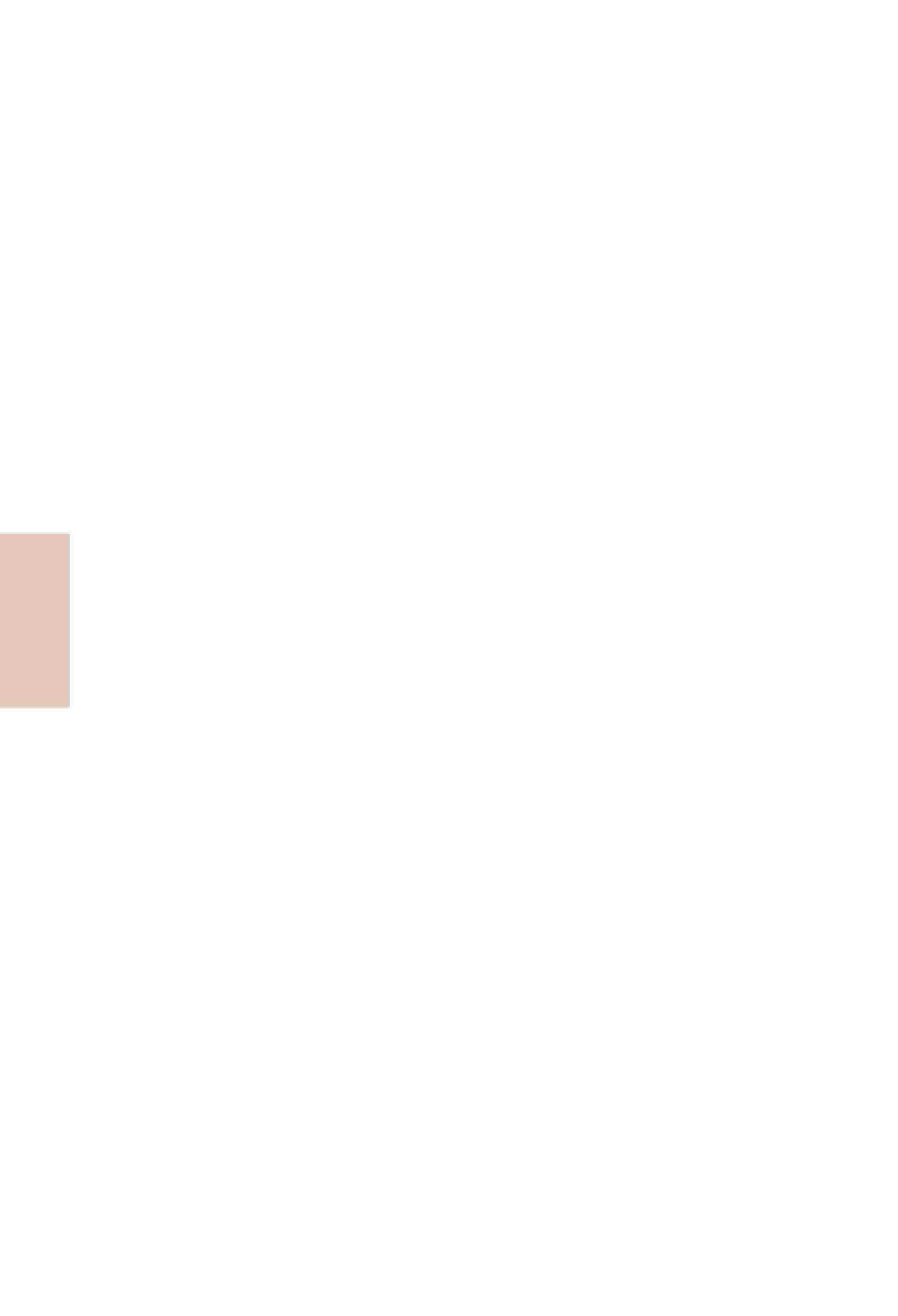Travel Reference
In-Depth Information
housed in an octagonal hall halfway up the hill. The statue has been here since the days
of Minamoto Yoritomo (1147-99) of the Kamakura Shogunate, who prayed to it for
victory over the contemporary Fujiwara clan. Although ranked among Japan's top three
Benten images, it's a little hard to see what all the fuss is about.
Samuel Cocking Park
αϜΤϧɾίοΩϯάԓ
, Samyueru Cokkingu-en • April-June, Sept & Oct Mon-Fri 9am-6pm, Sat & Sun 9am-8pm; July & Aug daily
9am-8pm; Nov-March Mon-Fri 9am-5pm, Sat & Sun 9am-8pm • ¥200; lighthouse ¥300
Around the hill from the Benten statue, you'll pass several other shrine buildings
belonging to Enoshima-jinja, founded in the thirteenth century and dedicated to the
guardian of sailors and fisherfolk. You'll then emerge beside a nicely laid-out botanical
garden, known as the
Samuel Cocking Park
after the English merchant and
horticulturalist who built Japan's first greenhouse here in 1880. If it's a clear day, you'll
get good views south to Ōshima's smoking volcano and west to Fuji from the
lighthouse inside the garden.
Iwaya
ؠ
• Daily: March-Oct 9am-5pm; Nov-Feb 9am-4pm • ¥500
From the botanical garden, the path drops down steeply past restaurant-bars perched
over the cliff - great for a sunset beer in fine weather - to the island's rocky west shore
and two caves known as
Iwaya
. The caves themselves aren't all that special; more
enjoyable is the walk along the wave-side boardwalk that runs between them.
ARRIVAL AND DEPARTURE
20
KAMAKURA
KAMAKURA
By train
The easiest way of getting to Kamakura is either
the JR Yokosuka line from Tokyo Station via Yokohama,
or the JR Shōnan-Shinjuku line from Shinjuku via Shibuya
and Yokohama (both 1hr; ¥890); from Tokyo station,
make sure you board a Yokosuka- or Kurihama-bound
train to avoid changing at Ōfuna. Trains stop at Kita-
Kamakura before pulling into the main Kamakura station
3 minutes later.
Travel pass
For a two-day outing it's worth considering
the Kamakura-Enoshima Free Kippu (¥1970), a discount
ticket covering the return trip by JR services from Tokyo,
and unlimited travel on the Enoden line and Shōnan
monorail (see below).
ENOSHIMA
There are three options if you're heading directly back to
central Tokyo from Enoshima.
Odakyū-Enoshima line
The most straightforward
option is the Odakyū-Enoshima line direct to Shinjuku,
though note that weekday services are limited; trains
depart from Katase-Enoshima Station (
ยߐϊౡӺ
),
left across the river from the island causeway.
Shōnan monorail
A pleasant alternative to the Odakyū-
Enoshima line is to take the Shōnan monorail to Ōfuna, on
the main JR lines to central Tokyo via Yokohama; Shōnan-
Enoshima Station (
ভೆߐϊౡӺ
) is located just north of
the Enoden line station.
Enoden line
The final option is to hop on the Enoden
line west to its terminal in Fujisawa, where you have to
change stations for JR services to central Tokyo.
INFORMATION
KAMAKURA
Tourist information
Outside the main, eastern exit
of Kamakura station, and immediately to the right,
there's a small tourist information window (daily: April-
Sept 9am-5.30pm; Oct-March 9am-5pm;
T
0467 23
3050), with English-speaking staff.
Banks and ATMs
There's an international ATM (Mon-Fri
8am-9pm, Sat & Sun 8am-7pm) at the post o
ce on
Wakamiya-ōji. You can change money at Yokohama Bank,
outside Kamakura station's east exit.
ENOSHIMA
Tourist of
ce
You can pick up an English-language map
of the island at the small tourist of
ce, on the left as you
come off the bridge (daily 10am-5pm;
T
0466 26 9544,
W
fujisawa-kanko.jp).
GETTING AROUND
Local Kamakura buses depart from the main station concourse. Given the narrow roads and amount of tra
c, however,
it's usually quicker to use the trains as far as possible and then walk.


































